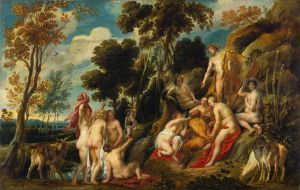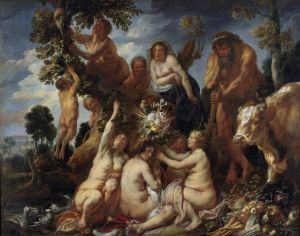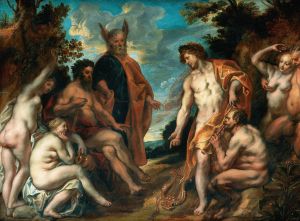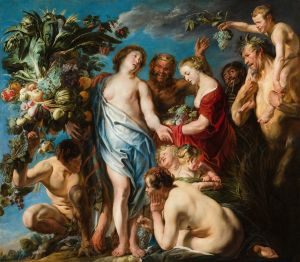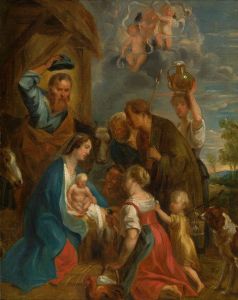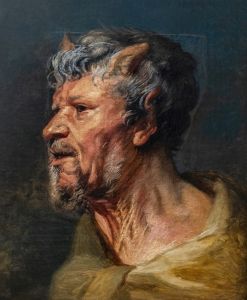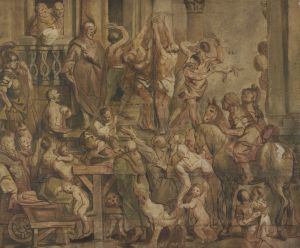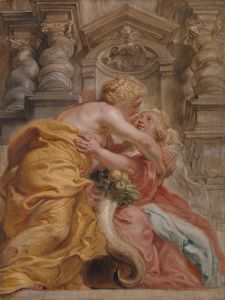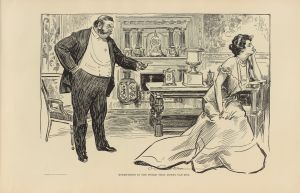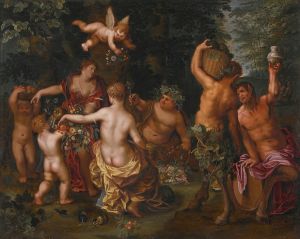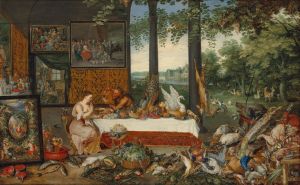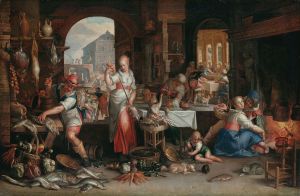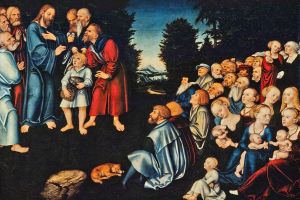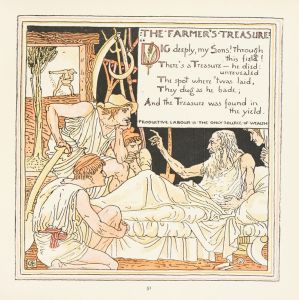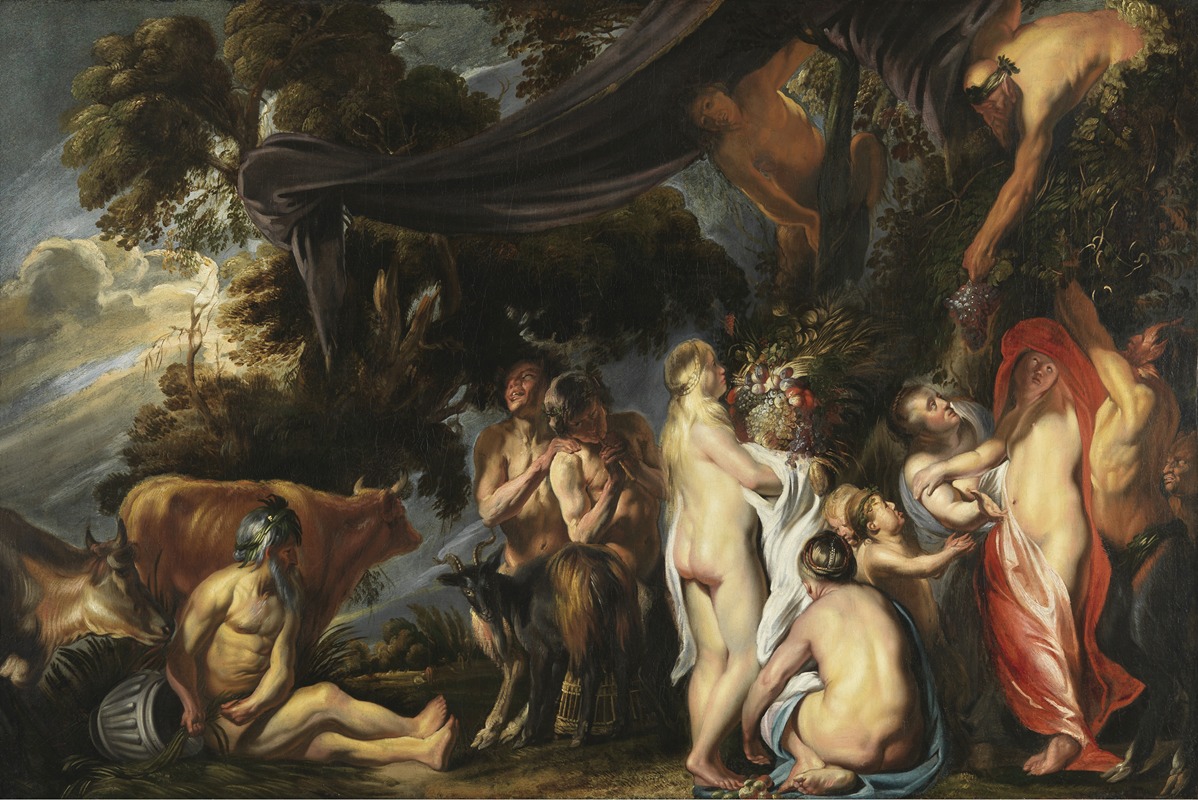
Allegory of Fertility
A hand-painted replica of Jacob Jordaens’s masterpiece Allegory of Fertility, meticulously crafted by professional artists to capture the true essence of the original. Each piece is created with museum-quality canvas and rare mineral pigments, carefully painted by experienced artists with delicate brushstrokes and rich, layered colors to perfectly recreate the texture of the original artwork. Unlike machine-printed reproductions, this hand-painted version brings the painting to life, infused with the artist’s emotions and skill in every stroke. Whether for personal collection or home decoration, it instantly elevates the artistic atmosphere of any space.
Jacob Jordaens, a prominent Flemish Baroque painter, is known for his vibrant and dynamic compositions, often infused with allegorical and mythological themes. One of his notable works is "Allegory of Fertility," a painting that exemplifies his mastery in depicting complex allegorical subjects with a rich use of color and texture.
"Allegory of Fertility" is a celebration of abundance and the life-giving forces of nature, a common theme in Baroque art that reflects the era's fascination with the natural world and its cycles. Jordaens, like many of his contemporaries, was influenced by the works of Peter Paul Rubens, and this influence is evident in his robust figures and dynamic compositions.
The painting features a central female figure, often interpreted as a personification of fertility or a goddess of abundance, surrounded by a bounty of fruits, flowers, and other symbols of prosperity. The use of light and shadow in the painting highlights the lushness of the scene, drawing the viewer's eye to the opulence and vitality represented in the composition. Jordaens' skillful use of chiaroscuro adds depth and dimension to the figures, enhancing the overall dramatic effect of the piece.
Jordaens' work is characterized by its lively and expressive figures, and "Allegory of Fertility" is no exception. The figures in the painting are depicted with a sense of movement and vitality, their gestures and expressions conveying a sense of joy and celebration. This dynamic quality is a hallmark of Jordaens' style, setting his work apart from other artists of his time.
The painting also reflects the cultural and social context of the 17th century, a period marked by a renewed interest in classical antiquity and its themes. Allegorical paintings like this one were popular among the wealthy patrons of the time, who appreciated the intellectual and aesthetic appeal of such works. These paintings often adorned the walls of grand homes and palaces, serving as both decoration and a reflection of the owner's taste and erudition.
Jordaens' "Allegory of Fertility" is a testament to his ability to blend classical themes with the vibrant energy of the Baroque style. His work captures the essence of the period, with its emphasis on movement, emotion, and the interplay of light and shadow. The painting remains an important example of Jordaens' contribution to the art of the Baroque era, showcasing his talent for creating compositions that are both visually stunning and rich in symbolic meaning.
In summary, "Allegory of Fertility" by Jacob Jordaens is a quintessential Baroque painting that embodies the themes of abundance and vitality through its dynamic composition and vivid use of color. It reflects the artist's skill in portraying allegorical subjects and his ability to convey the exuberance of life through art.





